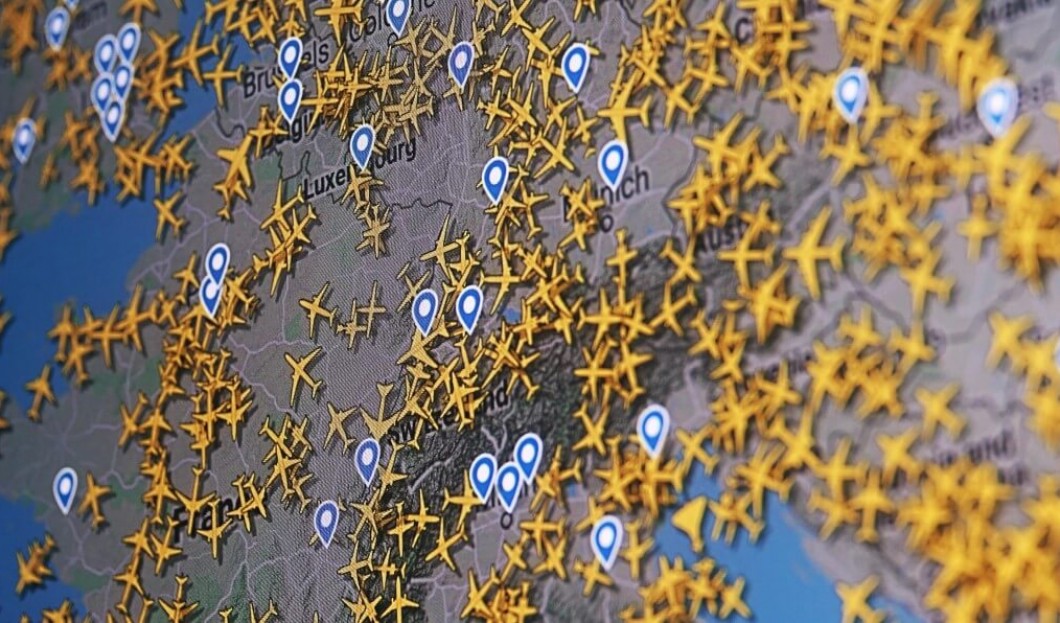While travel demand in Europe has rebounded since last summer after the chaos of the pandemic, there is still “a long way to go” to reach the same level of activity as before the pandemic. This is the main conclusion of the European Travel Commission (ETC) third quarter 2021 report “Trends and Prospects for European Tourism”, according to the study, the 2019 travel volume will not be reached until 2024.
Europe currently has the most travel in the world thanks to the highest vaccination rate of any continent, but this is not enough as the long distance travel segment is far from being recovered.
ETC notes that the summer season has been better than expected in European countries due to the success of vaccination programs. In addition, the creation of the European Union’s COVID digital certificate has been key to ensuring safe travel within the EU and has helped facilitate cross-border mobility.
As a result, intra-EU travel has increased and is expected to account for 85% of international arrivals in Europe in 2021, an 8% increase over 2019.
Recovery is uneven depending on the destination country. Those countries that had previously opened their borders to vaccinated travelers were preferred by travelers.
As the first country to reopen to tourists was Greece, it recorded the most significant increase in overnight stays, although it ended up falling 19% in August compared to 2019, and the number of foreign tourists was also weak (-66.6 %).
Spain ended the summer with a 77% drop in international overnight stays compared to 2019, while international arrivals fell 88.7%.
The situation in the Czech Republic was even worse (-94%), with the country experiencing the sharpest decline in international tourism due to the stringent COVID measures imposed by the authorities during the year.
Lack of long distance travelers
While European countries are returning in popularity in 2021, there is still a long way to go as international tourist arrivals in Europe were still 77% lower in mid-year compared to 2019.
For ETC, slower vaccination rates in Eastern Europe and some remote countries could slow the recovery of the tour industry as a whole.
The study also notes a notable lack of travelers from remote markets. Arrivals from the US to Europe remained 90% below 2019 levels in a third of European destinations.
The absence of Chinese tourists was also “painful” throughout Europe: all countries recorded a drop in arrivals from China by more than 90% compared to 2019.
Thus, the report predicts that by the end of this year, the number of international tourist arrivals in Europe will be 60% lower than in 2019.
Meanwhile, there are still many threats to travel: ever-changing restrictions, outbreaks of disease, confusion over the EU’s color-coded travel system, which is used differently in European countries, and the adoption of several different vaccination systems.
ETC President Luis Araujo highlighted the importance of vaccination in restoring international mobility and called for more action.
“As the winter months approach, it is imperative that Europe strives to further restore freedom of movement by adopting more consistent approaches to the travel of citizens inside and outside the EU,” he stressed.

